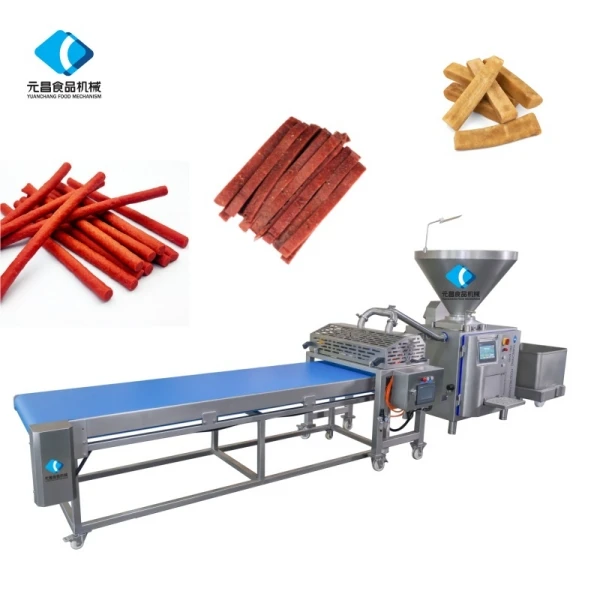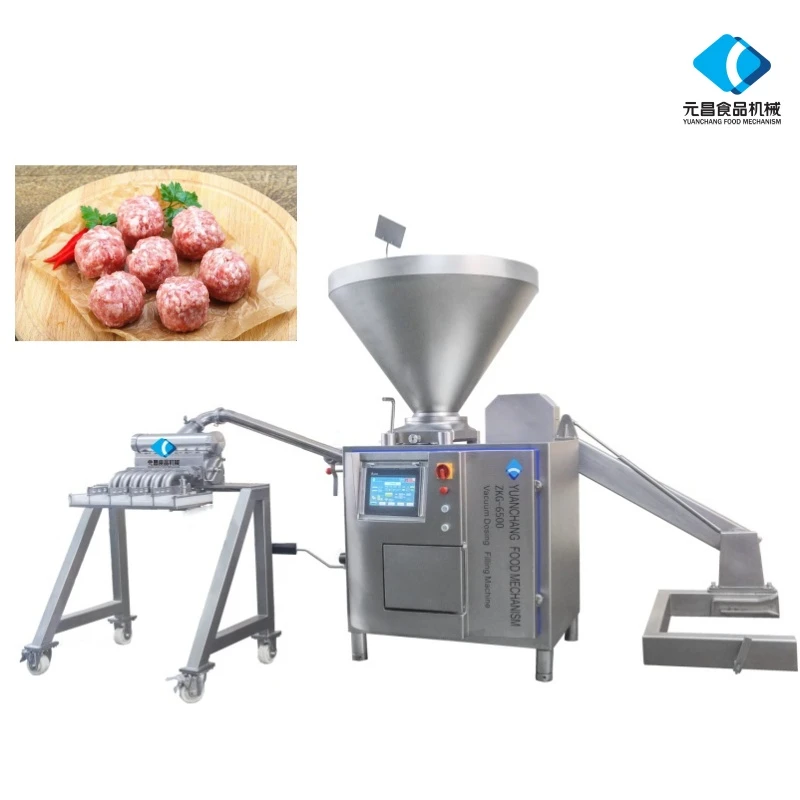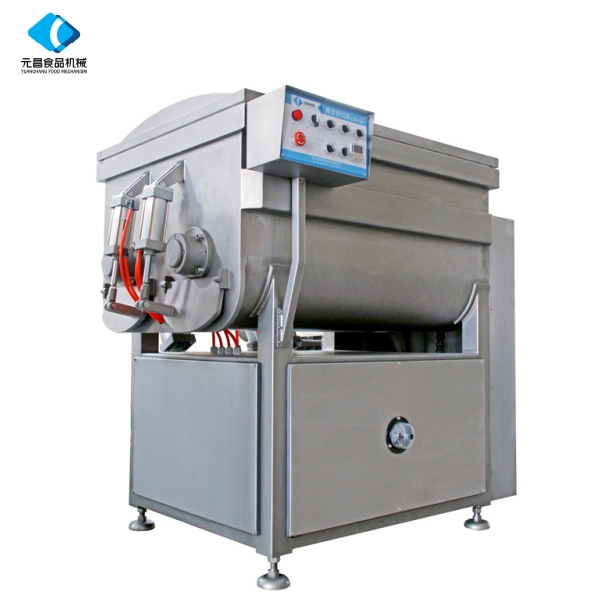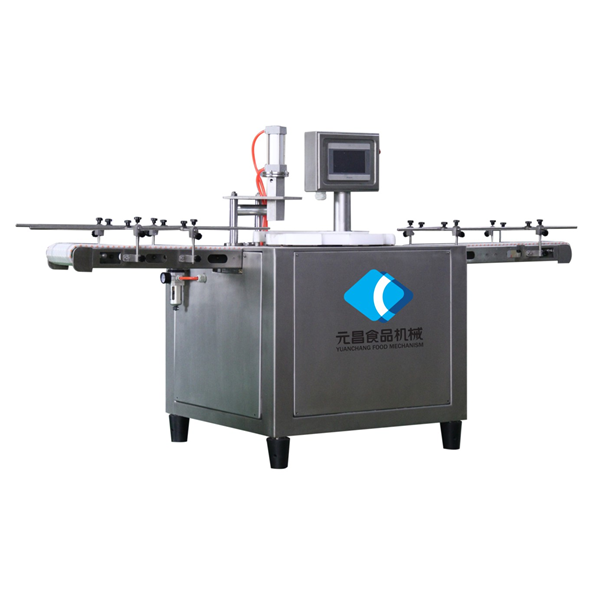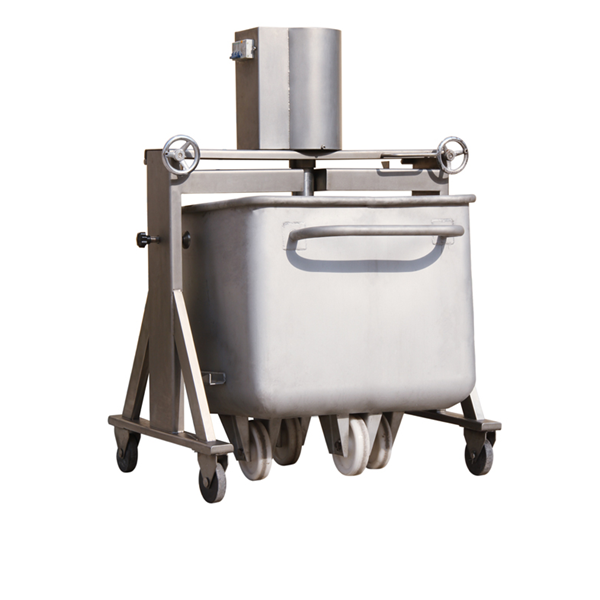- Afrikaans
- Albanian
- Amharic
- Arabic
- Armenian
- Azerbaijani
- Basque
- Belarusian
- Bengali
- Bosnian
- Bulgarian
- Catalan
- Cebuano
- chinese_simplified
- chinese_traditional
- Corsican
- Croatian
- Czech
- Danish
- Dutch
- English
- Esperanto
- Estonian
- Finnish
- French
- Frisian
- Galician
- Georgian
- German
- Greek
- Gujarati
- haitian_creole
- hausa
- hawaiian
- Hebrew
- Hindi
- Miao
- Hungarian
- Icelandic
- igbo
- Indonesian
- irish
- Italian
- Japanese
- Javanese
- Kannada
- kazakh
- Khmer
- Rwandese
- Korean
- Kurdish
- Kyrgyz
- Lao
- Latin
- Latvian
- Lithuanian
- Luxembourgish
- Macedonian
- Malgashi
- Malay
- Malayalam
- Maltese
- Maori
- Marathi
- Mongolian
- Myanmar
- Nepali
- Norwegian
- Norwegian
- Occitan
- Pashto
- Persian
- Polish
- Portuguese
- Punjabi
- Romanian
- Russian
- Samoan
- scottish-gaelic
- Serbian
- Sesotho
- Shona
- Sindhi
- Sinhala
- Slovak
- Slovenian
- Somali
- Spanish
- Sundanese
- Swahili
- Swedish
- Tagalog
- Tajik
- Tamil
- Tatar
- Telugu
- Thai
- Turkish
- Turkmen
- Ukrainian
- Urdu
- Uighur
- Uzbek
- Vietnamese
- Welsh
- Bantu
- Yiddish
- Yoruba
- Zulu
Looking for a hopper trolley that's durable & mobile?
Field Notes on Choosing a Food-Grade hopper trolley
If you work in meat or further-processing, you already know the drill: constant shuttling of buggies, tight hygiene rules, and a shift clock that won’t slow down. I’ve spent enough mornings on chilled floors to say this with confidence—well-designed powered movers save backs and minutes. The Meat Buggy Electric trailer from Shijiazhuang, Hebei Province, China, is a solid example built for the realities of food plants, not just a catalog photo.

What’s Different About This Unit
The main body is stainless steel—better for washdowns and daily sanitation—and it’s designed to work from about −20°C to 60°C. That covers blast chillers, cold rooms, and steamy cook areas. Detachable, rechargeable batteries (your pick: lithium‑ion or lead‑acid) keep shifts moving without tethering to a wall. To be honest, the biggest day‑one win many customers mention is ergonomic: fewer repetitive bends and less push/pull strain. It seems simple, but that’s where injuries hide.
Where It Fits
-
- Red meat deboning and trim rooms
- Poultry evisceration/cut-up
- Seafood and surimi lines
- Cooked/ready-to-eat rooms (with validated sanitation practices)
- Ingredient staging, spice rooms, and small pack areas
Product Specifications (reference configuration)
| Product name | Meat Buggy Electric trailer (food-industry hopper trolley) |
| Origin | Shijiazhuang, Hebei Province, China |
| Frame / shell | Stainless steel (food plant washdown; grades typically 304 or optional 316 in some builds) |
| Operating temperature | ≈ −20°C to 60°C (real‑world use may vary with load and duty cycle) |
| Batteries | Detachable lithium‑ion or lead‑acid pack; swappable for multi‑shift use |
| Ergonomics | Powered movement to reduce push/pull; helps limit repetitive bending and exertion |
| Hygiene design | Smooth surfaces, minimal harborage; compatible with typical foam/rinse/sanitize cycles |
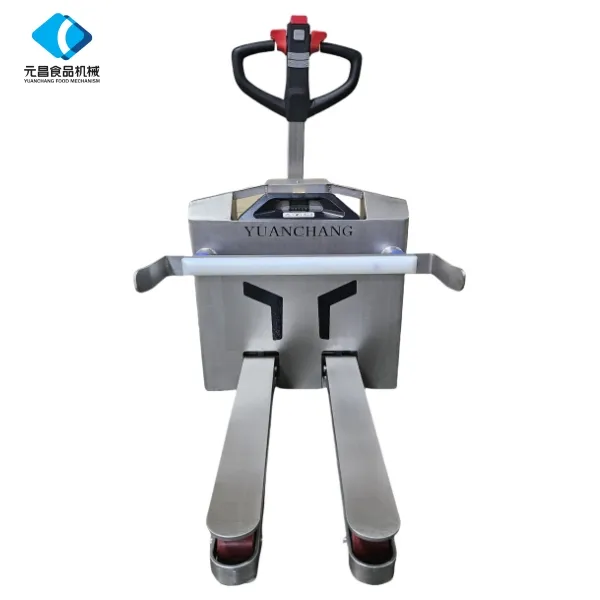
Process, Testing, and Compliance (how it’s built to work)
Materials and methods: welded stainless structure; edges dressed to reduce soil traps; electricals enclosed; detachable battery dock. Typical food-plant finishing includes passivation and easy-access panels for sanitation. QC often includes load/drive tests and charger safety checks.
Testing standards in procurement: buyers commonly reference ISO 3691‑2 for industrial truck safety, ISO 14159 and EN 1672‑2 for hygienic design guidance, and plant-level HACCP verification. Slope/stop tests, 110% proof load, and thermal soak checks are standard practice in many facilities. Service life? Many fleets plan around several years of chassis use with battery refresh cycles every 2–4 years; usage and cleaning chemistry matter.
Vendor Comparison (food plant use)
| Model | Material | Temp Range | Battery Options | Food-Grade Focus |
|---|---|---|---|---|
| Meat Buggy Electric trailer (hopper trolley) | Stainless steel | ≈ −20°C to 60°C | Li‑ion or lead‑acid, detachable | Designed for food processing |
| Generic A Food-Grade Tow Trolley | Stainless steel/aluminum mix | Around −10°C to 45°C | Lead‑acid | Food-friendly, limited options |
| Warehouse E‑Trailer (non-food) | Painted carbon steel | 0°C to 40°C | Li‑ion | Not optimized for washdown |
Real-World Use, Feedback, and Customization
Applications: moving meat buggies between trim, grinding, and blend; staging totes at mixers; transferring bins to blast tunnels; and ferrying ingredients to batching. One maintenance lead told me, “Operators stopped muscling 300 kg loads—our night shift thanked us.” That’s anecdotal, sure, but I’ve heard similar notes elsewhere.
Customization often requested: battery chemistry to match fleet, optional guards, caster types fit for brine or fat carry-over, and documentation packs for hygiene validation. Some plants ask for IP-rated enclosures; others focus on quick-release covers to speed sanitation. Either way, confirm the details against your HACCP and SSOPs.

Selection Checklist
-
- Temperature compatibility for your coldest rooms
- Battery swap time and charger placement
- Stainless grades vs. your chemicals (chlorides can be tricky)
- Brake/stop performance under load and on slopes
- Documentation to support ISO/EN hygiene guidance and site HACCP
Standards and references:
- ISO 3691‑2: Industrial trucks—Safety requirements and verification—Part 2: Self‑propelled trucks, 2022.
- ISO 14159: Safety of machinery—Hygiene requirements for the design of machinery, 2008.
- EN 1672‑2: Food processing machinery—Basic concepts—Hygiene requirements, 2005+A1:2009.
- NIOSH/OSHA guidance on ergonomics and manual material handling (general industry).
-
Filling Flow Divider - Precision, Hygienic Multiline DosingNewsNov.18,2025
-
Hopper Trolley: Heavy-Duty, Ergonomic, Easy DischargeNewsNov.18,2025
-
Frozen Meat Slicer for Ultra-Thin, Precise, Safe CutsNewsNov.17,2025
-
Smoke House Machine | Precise, Energy-Efficient, HACCP-ReadyNewsNov.17,2025
-
Smoke House Machine: Uniform, Energy-Efficient SmokingNewsNov.11,2025
-
Meat Filling Machine - Stainless, Precise, High OutputNewsNov.11,2025





